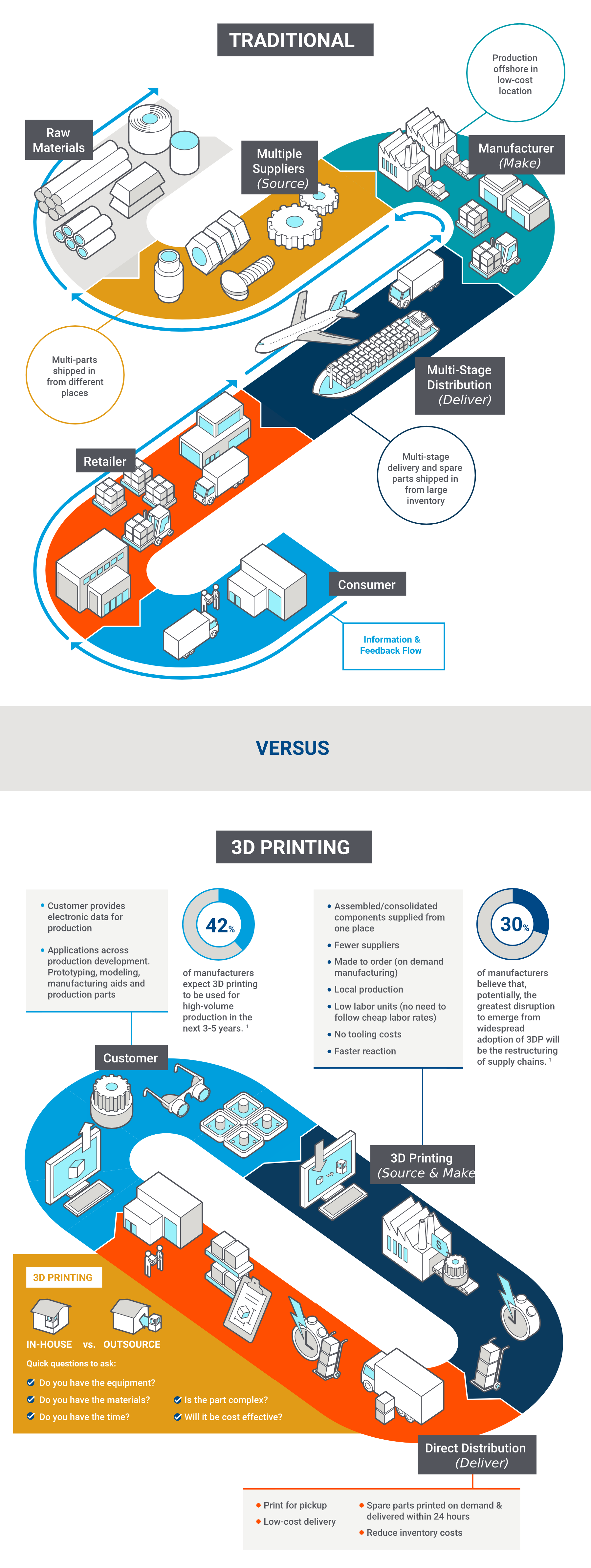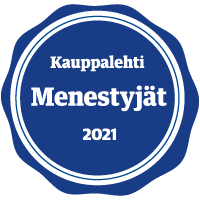The old new normal all over again?
The whole nine yards from traditional supply chain, delivery times, availability and manufacturing of critical parts and products all the way to product dev have been under a serious strain as of late, and some yards and corners have been cut, both in good and bad.
The designs of a new breathing aid developed by engineers at the Mercedes F1 team, University College London (UCL), and clinicians at UCL Hospital have been made freely available to support the global response to Covid-19. It took less than 100 hours for the design-to-manufacturing cycle and now a Mercedes facility in Brixworth is pushing the production up to 1000 devices per day to match the British National Health Service’s order for more than 10 000 devices.
In Finland the race for critical supplies took a weird turn as a shipment of 2 million protective masks proved to be substandard and not suitable for hospital use. The story involves a reality-tv starlet, shady businessmen and an alleged involvement by the Hells Angels. Go figure.
The impact of 3D printing on the supply chain

Only some odd years after the last economic crisis of 2008-2012 we’re once again faced with the term “new normal”. What will become of the ways we produce, deliver and consume goods after the virus is done with us? Should we continue the old “business as usual” normal? Probably not the best of ideas. So, what will the “new normal” be this time? We’ve witnessed the obvious weaknesses of the global production and supply chain systems. Supporting these systems with added local production has made a convincing entrance to the debate for obvious reasons. Yet localised production is only one of the things that additive manufacturing and 3D printing can offer to industries and the new, more sustainable normal.
3D PRINTING GIVES MORE
FREEDOME TO PRODUCT DESIGNERS
DESIGN AND PRODUCT DEV
New concept and product demonstrations, rapid prototyping for new iterations, and validating first article pieces on production. 3D printing has been a cornerstone for product developers for some time now. It enhances the iterative development process freeing up time to hone functionalities and design. Compared to e.g. injection molding the digital product models and 3D printing make it easier and cheaper to customise products according to various customer needs with shorter design-to-manufacturing cycle. Additive manufacturing has many design advantages over conventional subtractive manufacturing giving more freedom and options to product designers.
LIGHTER AND IMPROVED STRUCTURES.
RECYCLED RAW MATERIALS.
PRODUCTON
Additive Vs. Subtractive manufacturing. Your current product models can be optimised for 3D printing but the best outcome is reached when the possibilities of 3D printing are taken into account in the early stages of product design. Lighter and improved structures, more complex geometries and intricate shapes with equal mechanical properties to conventional subtractive manufacturing are just some of the perks. With additive manufacturing the raw material is only used where it’s actually needed while subtractive like CNC machining can produces a whole lot of un-recyclable waste. Biodegradable and recycled raw materials for 3D printing are being developed at a growing rate. Products and parts produced in lower quantities or series are usually much more cost-effective and delivered quicker with 3D printing.
THE MOST UNDERUTILISED
ASPECT IS A DIGITAL
WAREHOUSE
SUPPLY CHAIN
A digital warehouse with digital product models, local production, and on-demand orders equals lower costs for storage and logistics plus faster delivery for critical spare parts. This is probably the most underutilised aspect of additive manufacturing and 3D printing. Increasing local production decreases the dependency for complex global supply chains and logistics which in turn could have a positive environmental impact.
Printing prototypes has become the new normal to most industrial designers and mechanical engineers. Challenging the traditional supply chain with digital warehouse and on-demand deliveries is an un-tapped competitive edge waiting to happen. Some forward looking companies are already doing it. For example Daimler Buses has been in the process of identifying spare parts suitable for 3D printing for some time now. Their catalogue has over 300 000 parts with hundreds of parts already approved for printing.
THIS IS THE DRESS
REHEARSAL FOR SOMETHING
EVEN MORE OMNIOUS
THE NEW NORMAL
Lack of interest or knowledge might account to something when we actively ignore the opportunities and upheavals predicted by data, research, and technological advancements. There’s a good chance you’ve read that report or paper, went to that seminar or regularly delete that newsletter containing the information you might benefit from. Change can take time or needs the right moment whether it’s about you or your business.
The pandemic has forced us to rethink and redo almost everything. This is the dress rehearsal for something even more omnious, the ever looming climate change. We still have time to form the new more balanced and sustainable normal, and this just might be the moment to do it. At least that’s what they say at the respected research unit BIOS: we can’t go back to the old normal.
Materflow designs and produces 3D printed metal and plastic parts for industrial use. Our customers operate in the industrial sector with ambitions in developing their products, supply chains, and processes towards more profitable and sustainable solutions. In addition to 3D printing services we help our customers develop and implement 3D printing into their design and engineering processes.


